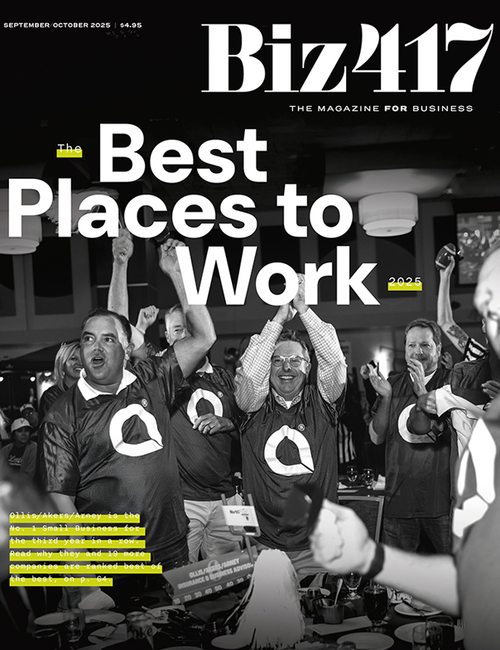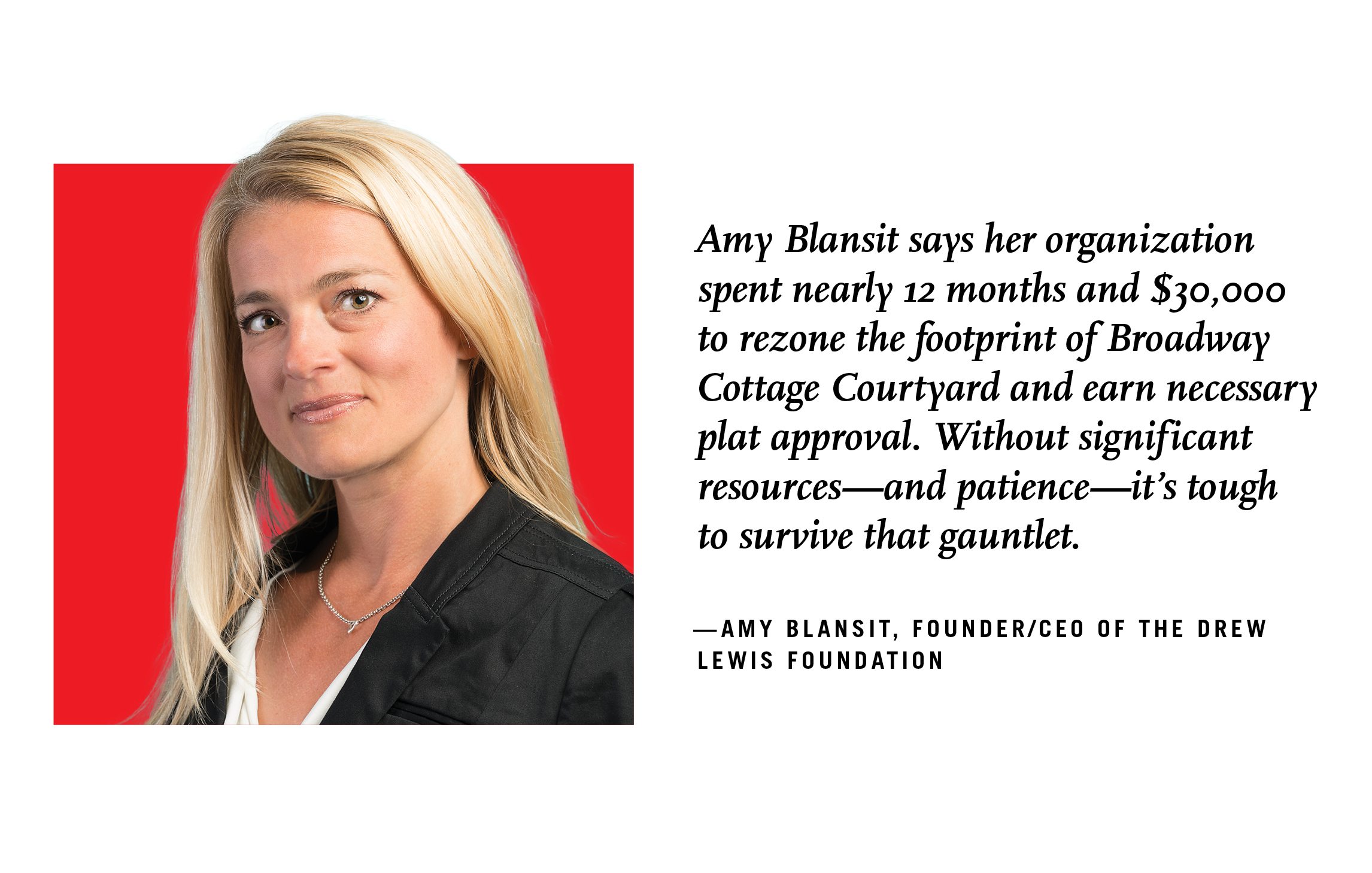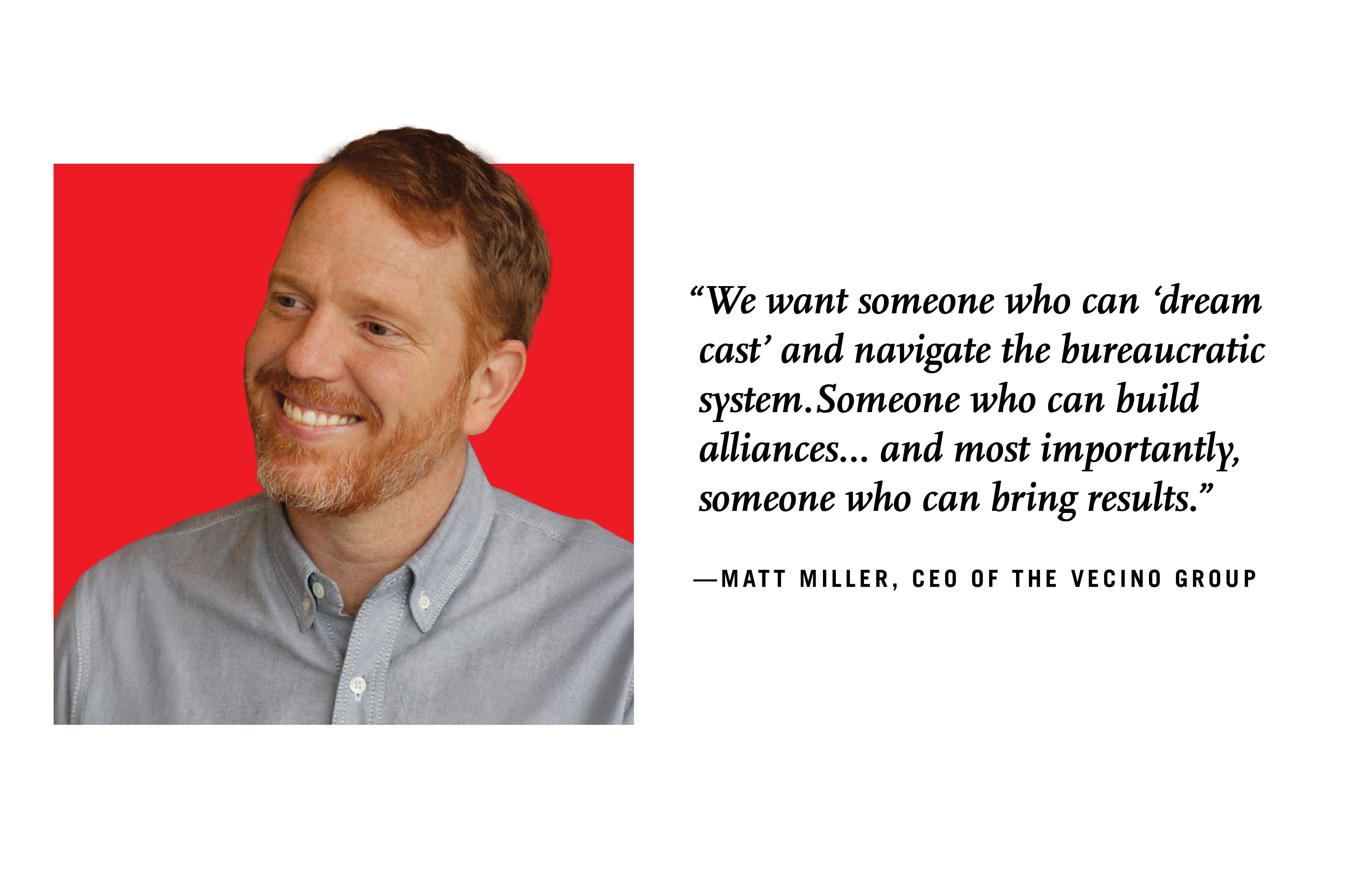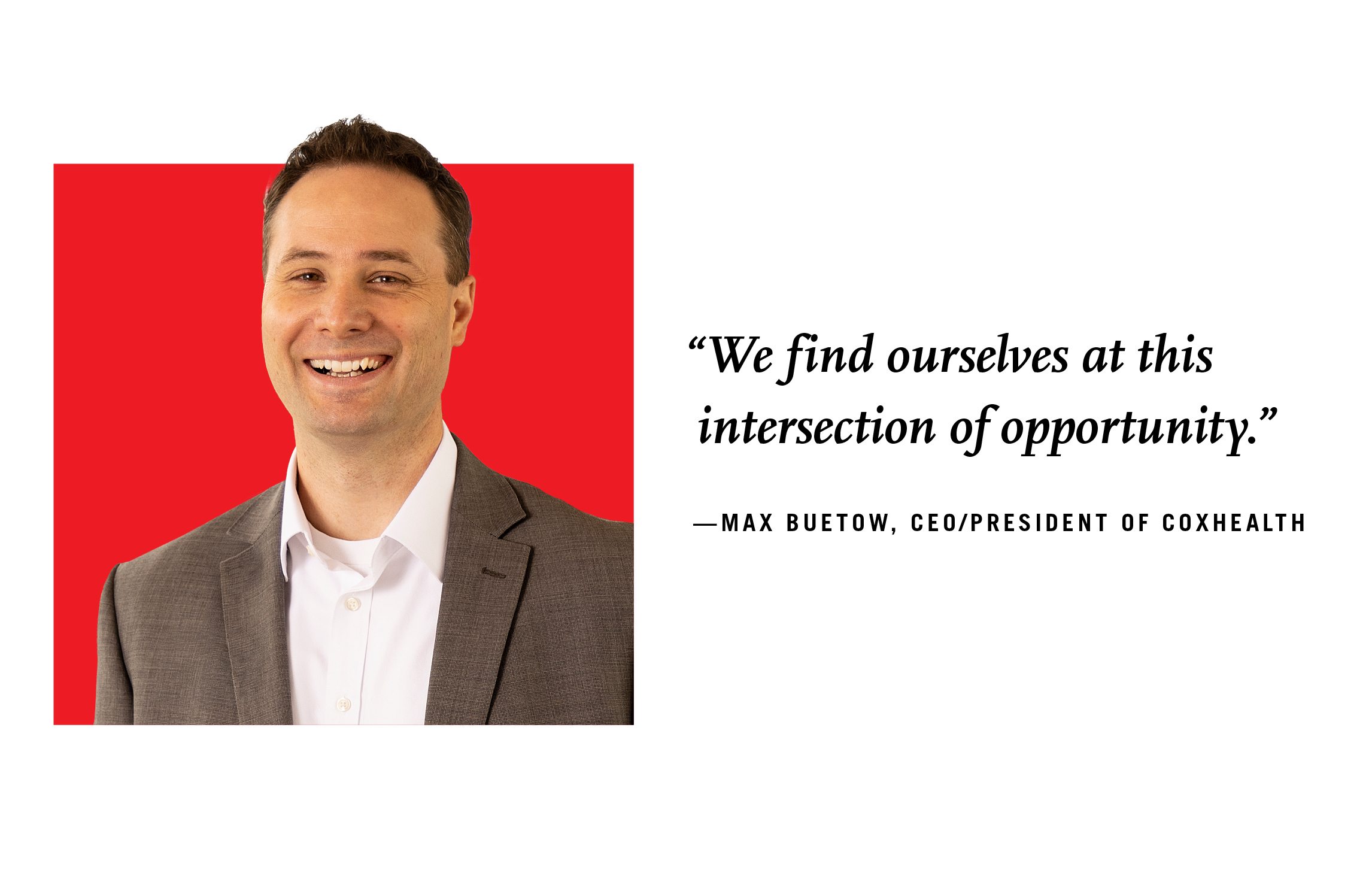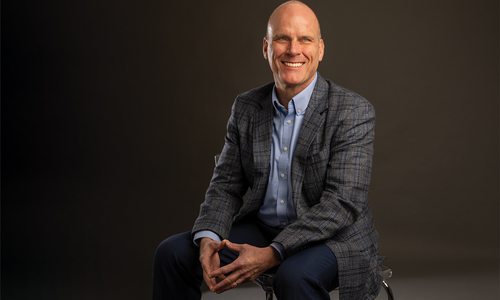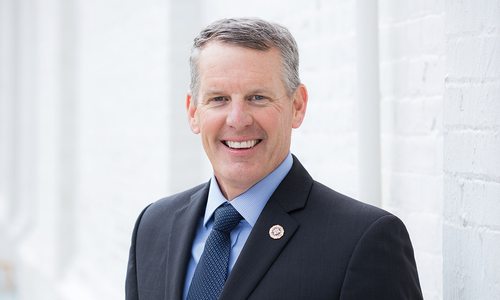As Springfield, Missouri looked ahead to the election of a new mayor and the selection of a new city manager, Biz 417 reached out to business leaders and asked what they’d like our city’s next leadership team to know. And wow, did the business community respond. We heard a ton about planning and zoning, city government operations, culture and community relationships. We’ve compiled as much as we can into this open letter, which is written from the point of view of a town we all love: the city of Springfield.
Culture
An Open Letter to the New Springfield City Leadership
Read recommendations for the future of Springfield, Missouri, guided by survey responses from the local business community.
by Lucie Amberg
May 2025

Dear New Springfield City Leadership
You’ve signed up to guide my next chapter, and I can barely contain my excitement. Look at what you bring to the table: sparkling energy, fresh determination and a steadfast commitment to me, the City of Springfield.
Honestly, I’ve got a lot going for me, too. According to the U.S. Census Bureau, my metro area (which includes my besties Nixa, Ozark, Republic, Bolivar, Marshfield and Willard) is the fastest growing in Missouri. Plenty of big-name companies call me home, including Bass Pro Shops, Prime, Inc., SRC Holdings Corp., Jack Henry and Associates, Forvis Mazars and Fortune-500-listee O’Reilly Auto Parts. I’ve got the largest accredited school district in the state—a good thing since the median age of a Springfieldian sits at a spry 33.6, well below the national average. And whether you’re looking for top-notch frozen custard or a killer three-part harmony, you can count on me to deliver.
We have so many reasons for optimism, but recent years have sometimes felt challenging. We went through a pandemic, and though key stats, such as our unemployment rate, rebounded, those days changed me. Anxieties about housing and growth, erosion of our public discourse, a hazy undercurrent of mistrust, uncertainty about downtown—it’s like my own case of long COVID.
You may recall a few sharp disputes. In both Galloway Village and University Heights, residents and property developers struggled to find common ground. And depending on your perspective, a new 7 Brew on East Sunshine Street was either a cheery jolt of drive-through caffeine or a commute-clogging encroachment. These were complicated experiences, and I resist characterizing them in simple, “good guy/bad guy” terms. But when I think about them, I feel a little banged up. I’ve got some scars.
The
truth is, I’m not the picturesque hamlet I once was, and I’m not the
powerhouse metropolis I might become. I’m something in between. And as
anyone who remembers middle school can tell you, “in between” is a
tricky place to be. So, at this pivotal moment, I sought insight from
business leaders who’ve given a lot of thought to my future. In case
it’s helpful, I’ve compiled a few of their reflections and ideas.
Creating Conditions for Growth
“We find ourselves at this intersection of opportunity,” says Max Buetow, president/CEO of CoxHealth. For him, it’s a time to build on our successes with amped-up collaboration between City officials and local businesses, powered by the understanding that everyone’s working toward a shared vision. “Great communities have great relationships with businesses,” he says. “Businesses grow and spread economic vitality. Economic vitality means we’ve got great places to live, great amenities and a solid tax base.”
He’s one of many who voiced support for updating the City Charter and the Springfield City Code and Ordinances. Chapter 36 of the City Code, aka the Land Development Code, was a particular point of interest for business leaders who shared their feedback with us. Steve Childers, director of planning and development for the City of Springfield, says that modifications are underway. “[The Land Development Code] is still being modified based on internal and external input,” Childers says. “[It] is currently being tested using real projects, and [it] sets forth the regulatory standards that align with the vision of [Springfield’s comprehensive plan], Forward SGF.”
Some business leaders we spoke to shared their hope that zoning updates will expand opportunities to increase density in lots reserved for single-family homes. “Much of Springfield is built on one-fifth, or even one-quarter, of an acre—the image of the big yard, the picket fence,” says Amy Blansit, founder/CEO of the Drew Lewis Foundation. “There’s a market for it, and it’s a beautiful way to live, but the problem is, Springfield only built that.” As a result, we don’t have as much higher-density housing—often called “missing middle housing.” This includes townhomes, duplexes and pocket neighborhoods, like Broadway Cottage Courtyard, which Blansit’s organization is developing on the north side of town.
“We’ll have houses that are 10 feet away from each other,” Blansit says. “Two stories, 1,600 square feet. Well-built, cute homes with small front yards.” The goal is to provide appealing options for people who want something other than big-lot life. That might be young families who are purchasing their first home, or perhaps retirees seeking a low-maintenance situation.
In spirit, developments like Broadway Cottage Courtyard resemble suburban HOAs. They both depend on heightened residential ties with distinct neighborhood identity and an emphasis on home ownership. But under current guidelines, higher-density housing may be subject to a lengthy approval process.
Richard Ollis, CEO of Ollis/Akers/Arney Insurance and Business Advisors, former City councilperson and Restore SGF board of directors president, says middle housing is common in bigger cities. “You have things like row houses or townhomes that are high-quality, single-family residences,” he says. “If those could be included in our zoning code, their construction could receive an administrative approval, instead of being treated as exceptions that must go through separate approvals by the Planning and Zoning Commission and the City Council.”
It would make a big difference to leaders like Blansit, who says her organization spent nearly 12 months and $30,000 to rezone the footprint of Broadway Cottage Courtyard and earn necessary plat approval. Without significant resources—and patience—it’s tough to survive that gauntlet. This might explain why, when we asked 48 survey respondents, “What specific local regulations or processes create the biggest obstacles for your business?” 50% of them mentioned zoning regulations, building permit processes or both.
And yet, despite this frustration with processes, people praised the individuals who work in City departments. For example, Ollis says that when he was on City Council, he worked with great City staffers. “What’s needed is a change in mindset,” he says.
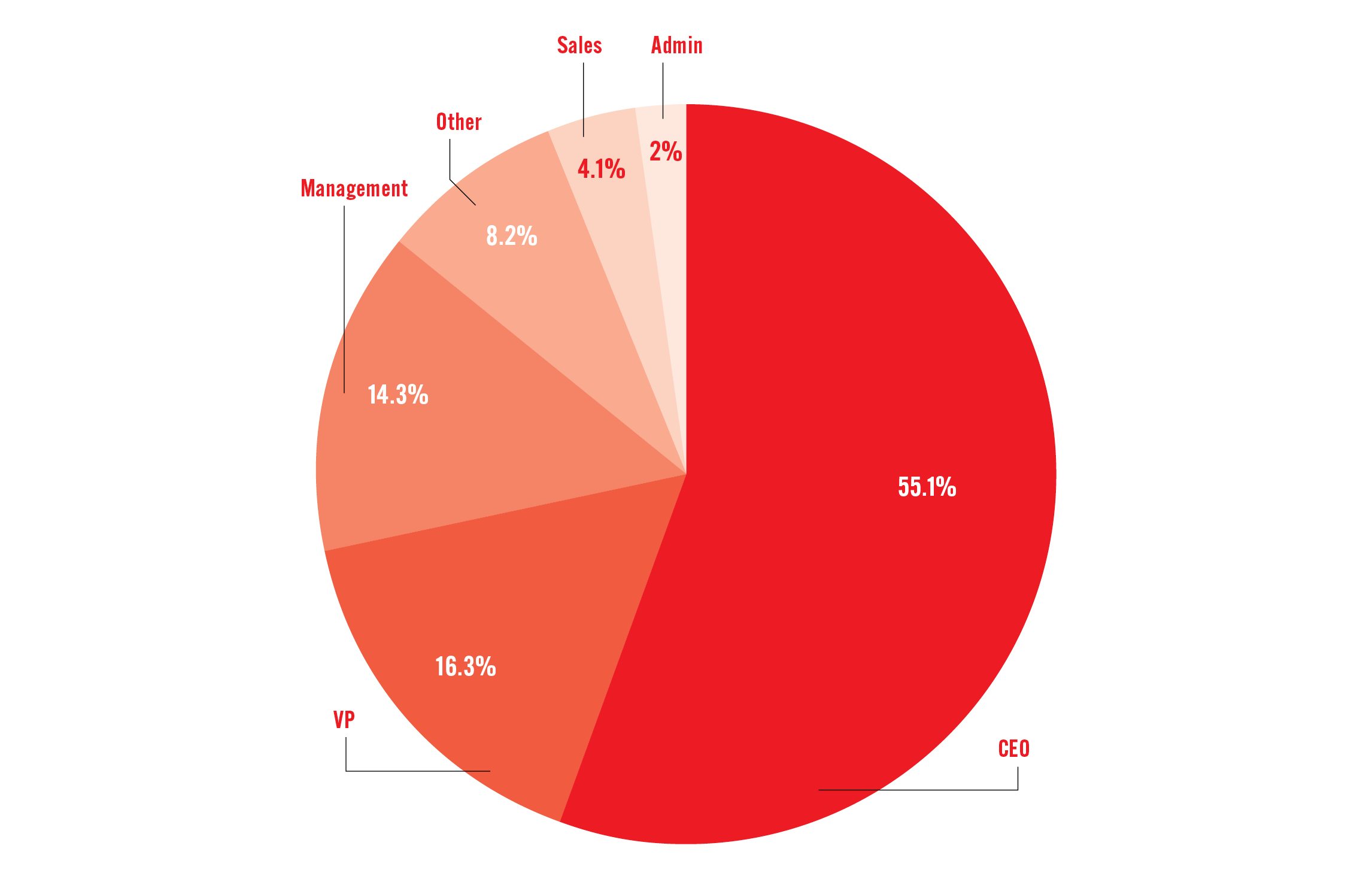
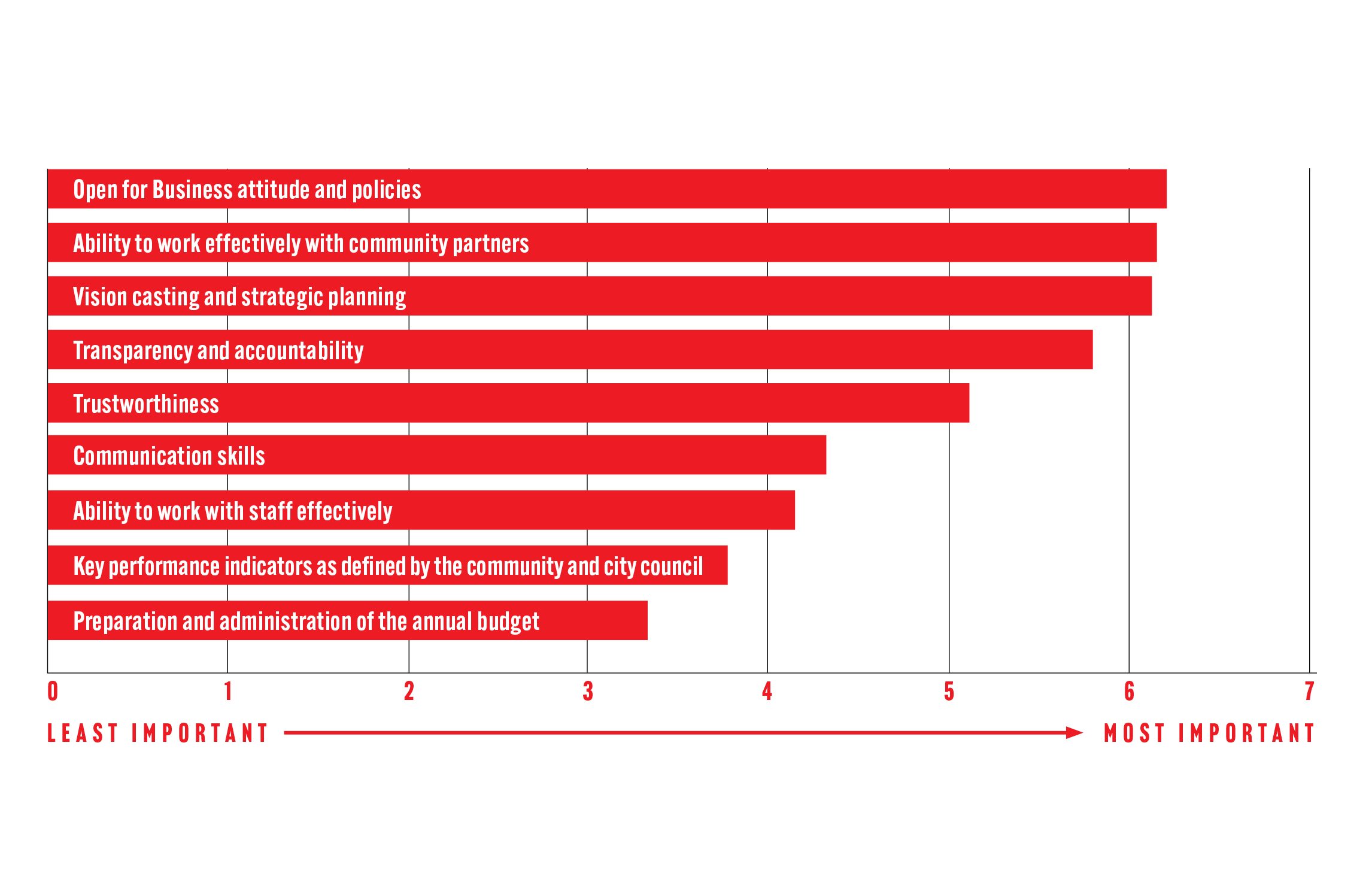
Culture Shift
Debbie Shantz Hart, principal at Housing Plus and DHTC Development, LLC, recommends, “Change the culture of the City to get to ‘yes.’” She’s willing to accept answers that start with “yes, but”—the kind that come with limitations and guidelines. She’s just seeking interactions that are underpinned by clear expectations. Brad Erwin, president/principal architect of Paragon Architecture, describes this as “finding ways to say ‘yes’ more often with less bureaucracy.”
Ollis calls it a “customer service mindset,” in which “the main emphasis is on providing service, solving problems and providing that ultimate customer service experience.” Even when navigating complex regulations, he recommends thinking, “Instead of being a regulatory agency, we are a customer service agency that happens to be in the regulatory business,” he says.
Steve Prange, senior vice president/director of business development and strategy for Crawford, Murphy and Tilly Inc, believes that deeper interdepartmental connections might help us reach that level of collaboration. It’s easy, he says, to become hyper-focused on your own department’s goals. “The environmental department might say, ‘We’re going to do this, and we’re going to hold the line because we have this mission,’” he says. “Then you have economic development that has its own mission. They conflict, and they rely on some authoritative figure above them to break it down.”
The National League of Cities (NLC), a 101-year-old nonprofit dedicated to advancing local governments, suggests cross-departmental alignment as an antidote to the kind of siloing Prange describes. According to NLC publications, this organizational value can be implemented in a variety of ways, such as streamlining communication channels and championing shared goals.
Cora Scott, director of public information and civic engagement for the City of Springfield, says the City already engages in efforts to enhance collaboration, including an interdepartmental ambassador program and the establishment of core teams to address specific projects.
Through his work in other communities, Prange’s witnessed other bold approaches. For example, he says, some municipal governments rotate employees between departments. “They’ll take someone from public works, someone from environmental [services], someone from building code, someone from economic development, and they’ll spend six months in rotation,” he says. While some might perceive this as an inefficient initiative—one that puts staffers in departments that aren’t obvious fits for their knowledge and skills—Prange believes it pays off in greater commitment to a “one-city vision” and enhanced understanding.
Thomas H. Douglas, CEO of JMARK, believes that finding ways to reinforce the City’s unified vision can be transformative. “Remember that the City’s job is to serve and protect,” he advises. “Develop a servant’s heart, invest in the things that drive growth, be a market pay leader for police and fire to attract the best talent—and be proud about that.”
Communicating Through Change
Perhaps we could use greater understanding outside 840 North Boonville, too. Several business leaders expressed disappointment about the acrimony of recent property disputes, like the ones in Galloway Village and University Heights. Certain interactions have grown so heated, they’ve raised doubts about the feasibility of any change. There’s a lot of concern about NIMBYism (Not In My Back Yard) and a suspicion that some Springfieldians won’t support building anything anywhere at any time. These cynical vibes have the potential to make a big impact.
“Difficulty with development processes and approvals, whether real or perceived, may have the result of driving development to outlying communities, with the unintended consequence of leaving us with a decaying urban core within the Springfield city limits,” says Randell Wallace, partner in Kutak Rock.
All of which means that the next phase of Springfield’s evolution might be shaped by thorny questions. If we don’t work through the complications, we could be stuck “in between” forever.
“When we see businesses not thriving, leaving communities, you start to see communities implode,” Buetow cautions. Still, he acknowledges that change feels uncomfortable, even when it sparks growth. Personally, he tends to like change, but he’s realized that’s because he often gets to drive it.
“The people who are dictating change often love change,” he says. “People who feel like they’re having change dictated to them might feel differently.” It’s crucial, he says, to communicate with maximum transparency. Today’s technology helps get messages out quickly, which means that, as change is happening, people can stay informed about how it affects them. Engaging the public—at every step—can help bring them along through change processes. It also curbs the power of misinformation, which may sprout in a communication vacuum.
In recent years, the City has leveraged new capabilities, like livestreaming meetings, to encourage engagement. Scott says these efforts are paying off in participation—with glimmers of resurging trust. As an example, she cites the November passage of a ¾-cent sales tax with more than 60% voter support.
For the business community, such efforts are promising. Many identified trustworthiness, strategic vision and the ability to work effectively with staff as highly desirable qualities for the City’s next leaders. “We want someone who can ‘dream cast’ and navigate the bureaucratic system,” says Matt Miller, CEO of the Vecino Group. “Someone who can build alliances… and most importantly, someone who can bring results.”
And last, although we consulted business leaders about what’s best for the business community, it may be helpful to know that overall, they want Springfield to be a welcoming environment for everyone. “Our leadership must realize that the big picture of a thriving business community includes addressing the needs of all citizens, not just those driving on James River Expressway to their 9 to 5 job,” says Morey Mechlin, a community leader who’s served with Care to Learn, Junior League of Springfield, the Springfield-Greene County Library Board of Trustees and others.
The next chapter of my story is important. One day, we might look back and realize it was decisive. Because even with all I’ve got going for me, I’m not perfect. My weather is a drama, and you never know when I’ll let some cobras loose. And yes, I had that thing with Wild Bill Hickok, but it was ages ago—ask anyone at the History Museum on the Square.
You wanted to lead me, so you must know that I’m resourceful, resilient and compassionate. At my core, I’m still a hopeful town with a big heart, and I’m praying you’ll treat me like the Queen City. If we all give it our best, I bet my brightest days lie ahead.
The Survey
In January of 2025, we opened a survey to the business community of Springfield, Missouri for approximately two weeks. At the time we collected data (January) and did further reporting (March and early April), we knew new leadership was coming soon to Springfield in the form of a new mayor and city manager. Since that time, Jeff Schrag has been elected mayor. At press time, the search for a new city manager was nearing its end, but the position had not yet been filled. Here are the questions we asked in the survey, in addition to a few business demographic questions.
1. If you could make one request to the future mayor to help the business community, and you knew it would be implemented, what would you ask?
2. If you were in charge of the City of Springfield, what would you want to focus on?
3. What are the top challenges your business is currently facing?
4. What specific local regulations or processes create the biggest obstacles for your business?
5. Which types of local or regional economic development initiatives would most help your business to grow?
6. Where do you see the most significant opportunities for growth for the local business community in the next five years?
7. What are the most significant threats to the business community that you believe the local government should address?
8. What additional guidance do you have for our city leadership?

